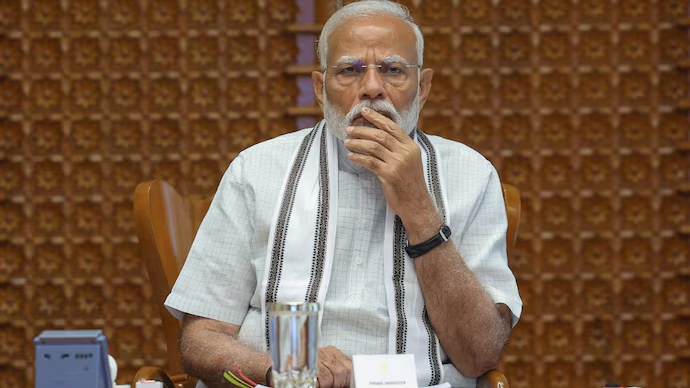Donald Trump’s tariff blitzkrieg was supposed to bend the world to America’s will—cripple Russia, isolate China, and bully India into submission. Instead, it’s achieved the opposite: a stunning revival of the Russia-India-China (RIC) troika, a geopolitical nightmare for Washington that’s been dormant for years.
In the shadow of Trump’s 50% tariffs on Indian goods, slapped on for daring to buy discounted Russian oil, Prime Minister Narendra Modi, President Xi Jinping, and Vladimir Putin huddled at the Shanghai Cooperation Organization (SCO) summit in Tianjin last week. What emerged wasn’t just handshakes; it was a defiant middle finger to U.S. hegemony.
Trump’s bluster is the glue binding these rivals together, exposing American foreign policy as a clown show of hypocrisy and hubris. Let’s cut the crap. The RIC format, first floated in the 1990s by Russian visionary Yevgeny Primakov, aimed to counterbalance Western dominance. It fizzled amid India-China border tensions and Russia’s Ukraine quagmire.
But Trump’s return to the White House in January 2025 lit the fuse. Facing a U.S. trade deficit and midterm pressures, Trump escalated his “America First” farce with threats of 100% secondary tariffs on nations trading with Russia, ostensibly to starve Moscow’s war machine. India, now Russia’s second-largest oil buyer after China (sucking up 1.75 million barrels daily in early 2025), became the scapegoat.
On August 27, Washington doubled India’s tariffs to 50%, hammering $87 billion in exports like textiles, gems, and auto parts—sectors employing millions. Trump’s Truth Social rants called India a “dead economy” freeloading on Russian energy while “everyone wants Russia to STOP THE KILLING IN UKRAINE.” Hypocrisy alert: Europe still imports Russian gas via backchannels, and China—Russia’s top buyer—escapes similar punishment.
Why? Because Trump needs Beijing for his fragile Ukraine “peace” talks and fears a full-blown trade war that could tank his economy. India’s response? No groveling. Foreign Minister S. Jaishankar blasted the tariffs as “unjustified and unreasonable,” noting Washington once encouraged Indian purchases to stabilize global energy markets.
Modi, ever the pragmatist, pivoted eastward. At Tianjin, he and Xi pledged to be “partners, not rivals,” restoring air links and normalizing ties frozen since the 2020 Galwan clash. Putin, meanwhile, confirmed a December visit to New Delhi, dangling zero-tariff trade if the U.S. stays hostile. Russian Foreign Minister Sergey Lavrov crowed about reviving the RIC “troika,” warning NATO’s anti-China games are luring India into traps. China’s ambassador in Delhi called the U.S. a “bully,” while Beijing echoed calls for multipolarity.
This isn’t altruism; it’s cold calculus. India’s $99 billion trade deficit with China screams dependency, but U.S. tariffs—costing households $1,300 annually on average—make diversification suicidal. Russia offers cheap oil (up from 50,000 to 1.6 million barrels daily since 2022), insulating India from energy shocks. For Xi, mending fences with Modi opens Indian markets amid his own tariff woes. Putin? He gets leverage against sanctions, with RIC projecting Eurasian might.
Trump’s own goal is glaring. His tariffs, meant to extract concessions, are driving India into Moscow and Beijing’s arms—exactly what Washington feared. Analysts warn of a “strategic shock”: RIC could reshape global trade, challenge the dollar, and erode U.S. influence in Indo-Pacific. India’s not abandoning the West—it’s hedging, courting Europe and Japan while snubbing Trump’s farm demands.
But with midterms looming and Trump’s polls dipping, this revival signals a multipolar world where America isn’t the boss. Bottom line: Trump’s tariff threats aren’t “winning”; they’re a desperate flail that’s accelerating the decline of U.S. primacy. By punishing allies like India for survival choices, he’s forged a bloc that could outlast his presidency.
If Washington doesn’t wise up, the RIC axis won’t just revive—it’ll redefine the game. And America? Left holding the bag of its own isolation.
